HPC+AI for Science: A new paradigm to accelerate the multi-scale design of advanced reverse osmosis membrane systems
The increasingly serious water resources problem is one of the major challenges currently facing sustainable development. Seawater desalination is one of the effective ways to increase the total amount of fresh water. Recently, Professor Heng Yi's team at the National Supercomputing Center in Guangzhou used the new research paradigm of "HPC+AI for Science" to conduct systematic research on seawater reverse osmosis technology combined with advanced membrane materials. They proposed a new method for multi-scale optimization design of components and systems for high permeability reverse osmosis membrane materials, which reduced the specific energy consumption of fresh water preparation by 27.5% and the required membrane area by 37.2%. The results of energy saving and consumption reduction are significant, providing innovative technical means for responding to the water resource crisis. The latest results were published in the international high-level comprehensive journal "Science Bulletin" (IF=20.577) at the end of February.
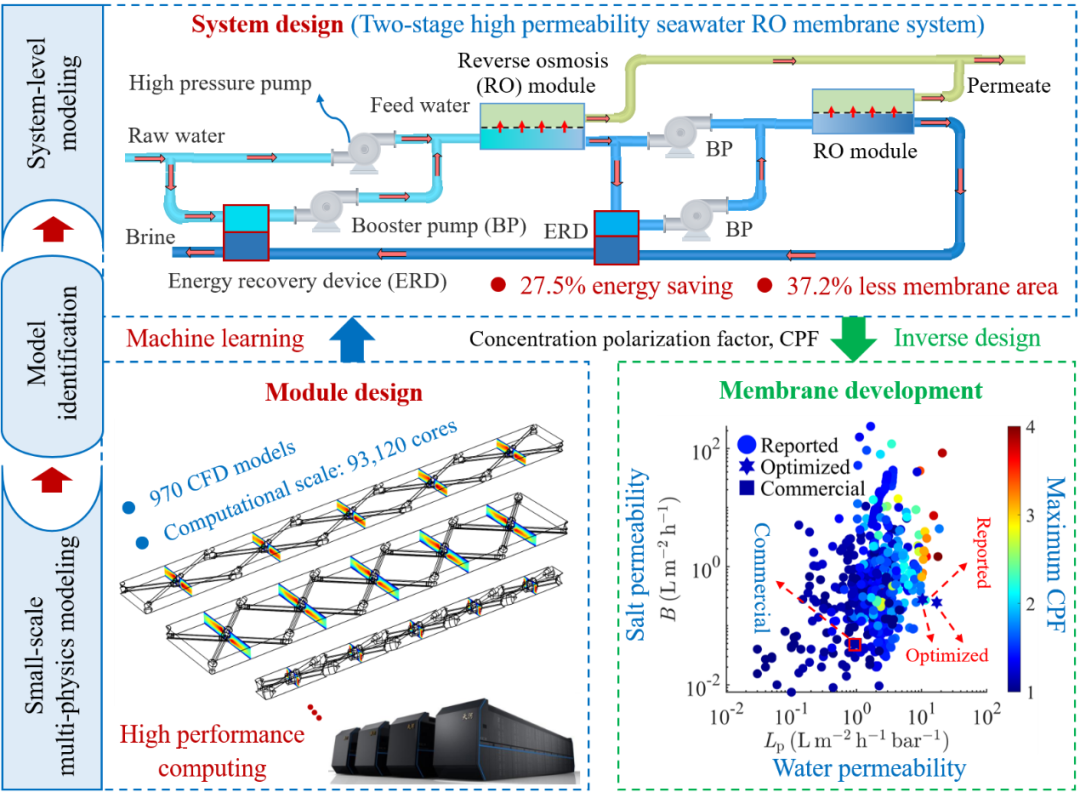
To cope with the water crisis, aim at the new blue ocean of seawater desalination
my country is facing a serious shortage of water resources, with per capita water resources being only 25% of the world's average. It is estimated that by 2030, per capita water resources will approach or reach the world's recognized water use warning line, and water shortage will increasingly become an important factor restricting my country's economic and social development. Seawater/brackish water desalination and sewage recycling, purification and reuse will be the main incremental technologies for open-source water resources in the next few decades. Reverse osmosis technology is one of the most advanced desalination technologies currently, accounting for more than 60% of the global desalination market.
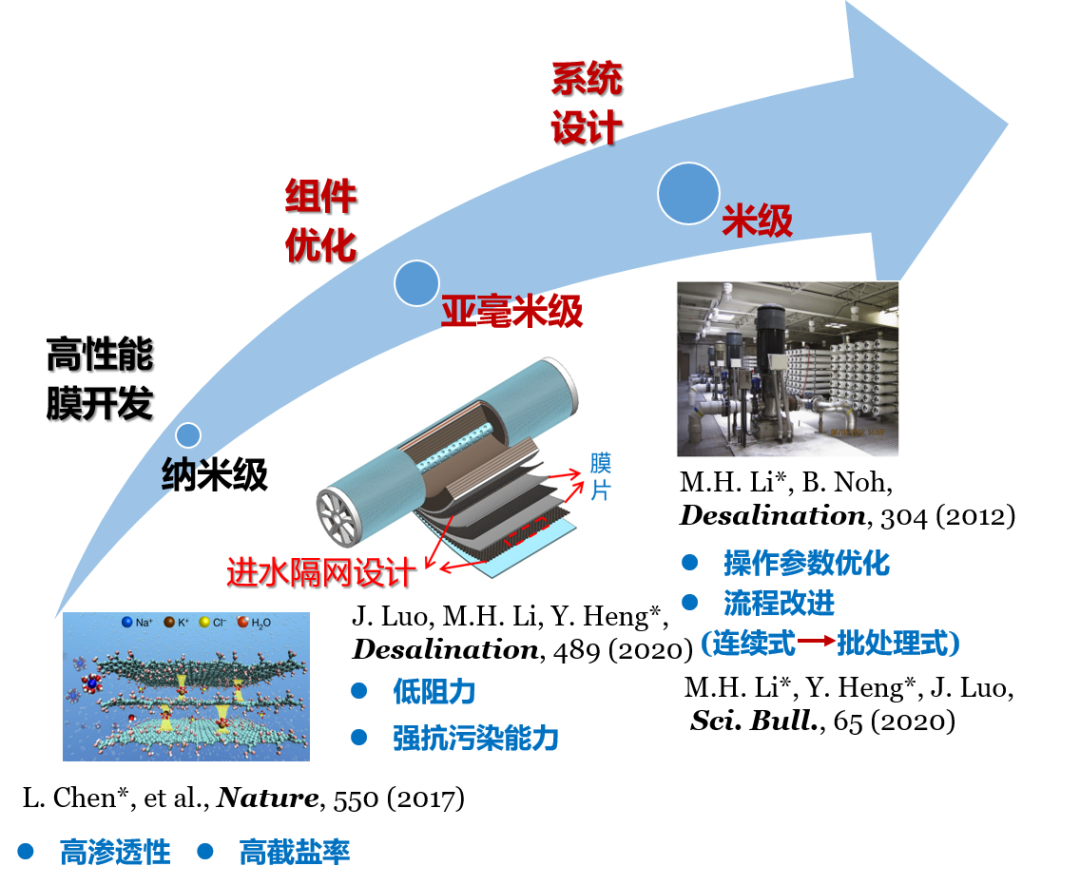
High permeability reverse osmosis membranes have received extensive attention and research due to their significant advantages and huge potential in reducing consumption and saving costs (as shown above). The team of Professor Menachem Elimelech of Yale University, a world-renowned membrane expert, a member of the U.S. Academy of Engineering, a foreign member of the Chinese Academy of Engineering, pointed out in international authoritative journals such as Science: Due to factors such as concentration polarization and membrane fouling, the application of high permeability reverse osmosis membrane technology is limited, and the membrane components need to be redesigned; in terms of improving the energy efficiency of seawater desalination, the use of model-based system design methods has great potential, and there is an urgent need to transform the seawater desalination research paradigm.
HPC+AI for Science paradigm promotes innovation and achieves significant results in reducing energy consumption and costs
Led by Professor Heng Yi's team at the National Supercomputing Guangzhou Center, in collaboration with Professor Li Mingheng from California State Polytechnic University, an international expert in the field of chemical engineering, and Professor Eric MV Hoek from the University of California, Los Angeles, winner of the "Clarke Prize", the highest academic honor in the field of water treatment, a new method for multi-scale optimization design of components and systems for high-permeability reverse osmosis membrane materials was proposed based on advanced technologies such as supercomputing and machine learning. Compared with the current advanced seawater reverse osmosis technology solutions currently available internationally (as shown in the figure below), the new solution based on multi-scale integrated optimization design of systems and components based on new materials proposed in this work has significant advantages. The specific energy consumption for fresh water preparation is reduced by 27.5%, and the required membrane area is reduced by 37.2%. Key parameters such as concentration polarization factor are all stable within the allowable range of actual engineering applications, which can effectively solve common industry problems such as increased membrane pollution caused by high permeability. It provides a theoretical basis, computational analysis tools and industrial big data support for the precise design of high-performance membrane materials, and has important application potential. The latest research results were recently published online in the international high-level comprehensive journal "Science Bulletin" under the title "Supercomputing and machine learning-aided optimal design of high permeability seawater reverse osmosis membrane systems".
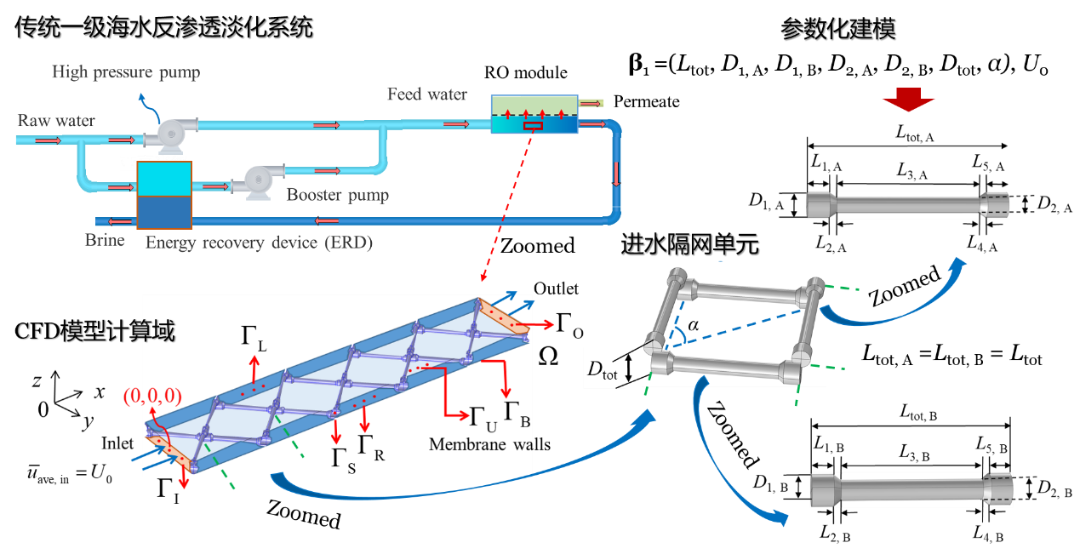
Tianhe-2 facilitates efficient design of membrane modules and significantly shortens the R&D cycle
In recent years, Professor Heng Yi's team at the Supercomputing Center has relied on the Tianhe-2 to carry out work related to the design of reverse osmosis membrane components and has achieved a series of research results (previous report: Ask the ocean for fresh water! The Guangzhou Supercomputing Research Team promotes the optimal design of reverse osmosis membrane components ). This work relies on the major project "Software and Computing" of the Guangdong Provincial Key Field R&D Plan hosted by Professor Heng Yi. Based on the "FIND::Multiphysics" software independently developed by the team and combined with mainstream commercial software to perform multi-field coupling calculations of large-scale numerical simulation forward problems, high-throughput computing, computational fluid dynamics, machine learning, multi-scale hybrid modeling, global optimization and other methods were used to develop a universal reverse osmosis multi-scale analysis and design software platform for the integrated design of high-permeability membrane materials, membrane components and systems.

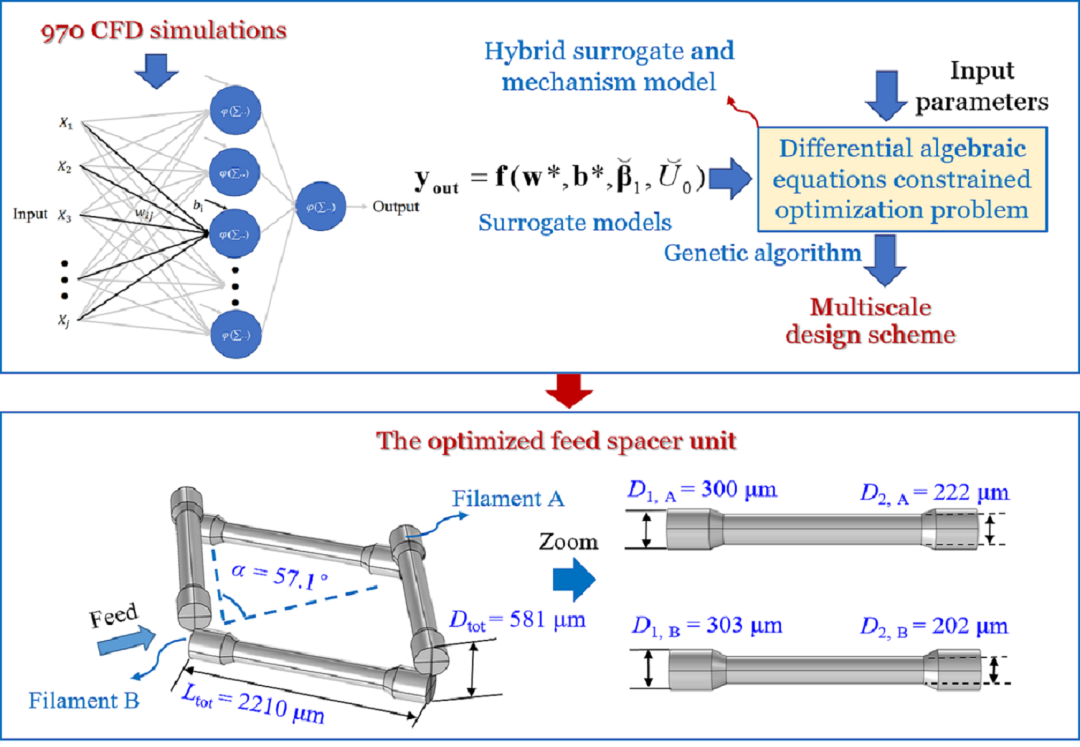
This research work aims at the multi-scale design problem of high permeability reverse osmosis membrane systems. It breaks through the limitations of traditional single-scale component design based on "trial and error" or gradient serial iterative optimization methods. CFD parametric modeling is performed on 970 groups of different operating parameter combinations randomly selected in the parameter space (including the geometric parameters of the membrane component inlet screen and the average inlet velocity). High-throughput parallel distributed computing is performed based on the "Tianhe-2" supercomputer system. The computing scale can be expanded to about 100,000 cores, which is more than 3,000 times more efficient than the serial algorithm. It can effectively shorten the design cycle of high-performance membrane components and is one of the innovative application examples guided by the "HPC+AI for Science" research paradigm.
Desalination of seawater is one of the effective ways to cope with the water resource crisis and increase the total amount of fresh water. Reverse osmosis is a widely used seawater desalination technology. How to further significantly reduce its energy consumption and cost has always been the focus of related research. Based on the previous research work, Professor Heng Yi's team will continue to tackle the process optimization and high-performance membrane component design of ultra-high permeability reverse osmosis membrane systems based on the HPC+AI innovative method in the future. Combined with the advanced batch reverse osmosis experimental platform designed and built independently (as shown below), they will study solutions to significantly reduce energy consumption and save costs, and help achieve the country's "dual carbon" goals.
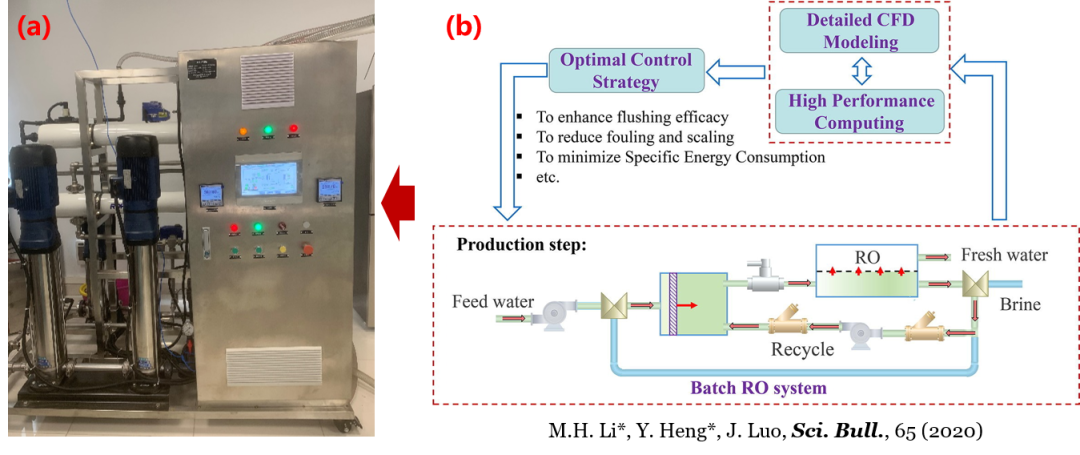
At the same time, the team will develop a batch reverse osmosis membrane component and system multi-scale integrated design digital twin system prototype with functions such as "experimental measurement-model parameter identification and accurate prediction-optimal experimental design", provide more cost-effective large-scale freshwater preparation solutions, and make due contributions to solving the increasingly severe global water crisis.
Paper link:
https://www.sciencedirect.com/science/article/pii/S2095927323000750




